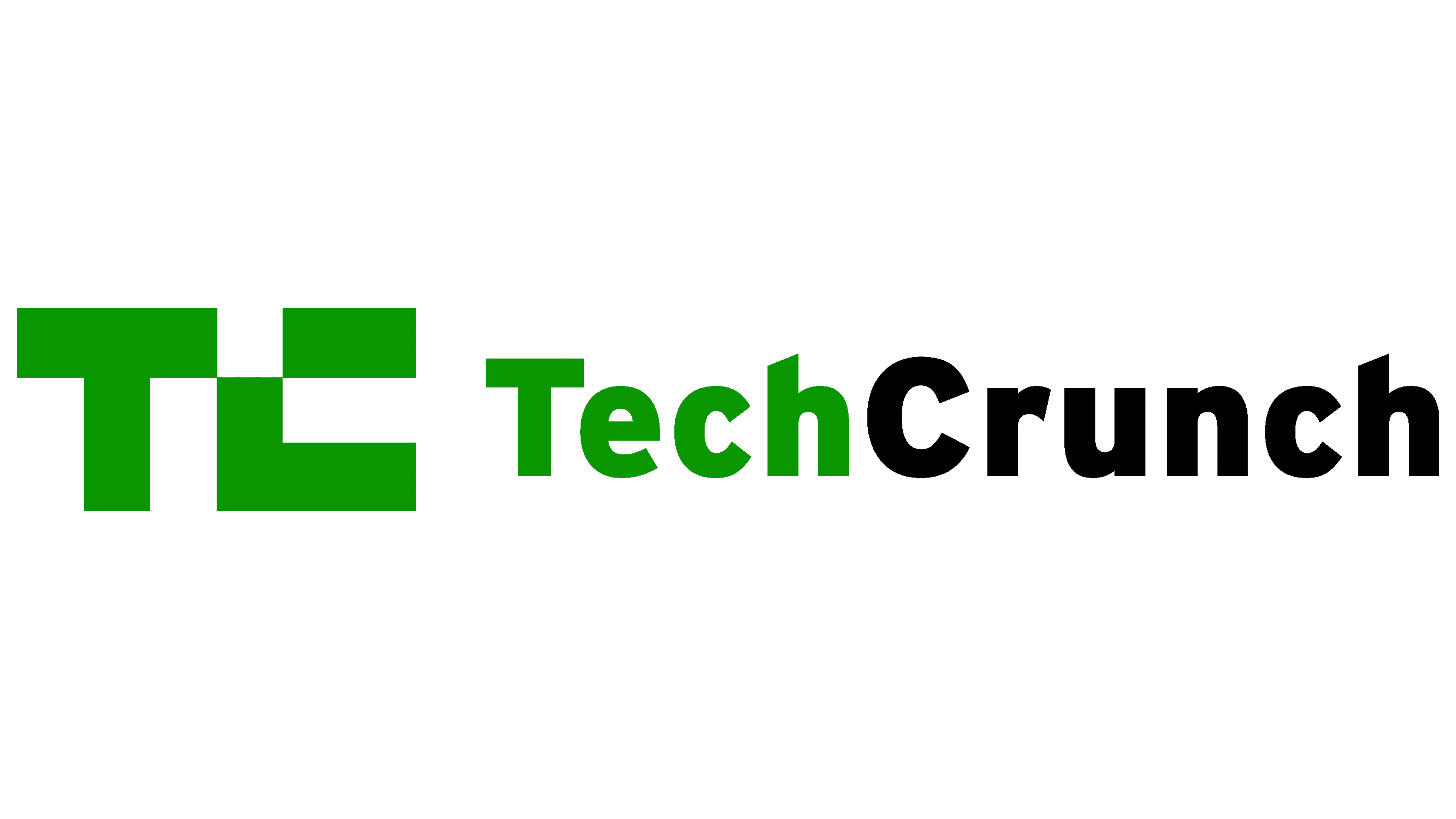ARTICLE AD
Advances in DNA sequencing and the vast amounts of genomic data being produced by next-generation sequencing (NGS) technology have created a startup opportunity to build software for biologists so they can more easily analyze this big data and take the next leap. It could help when it comes to developing new vaccines, cancer treatments and so on.
For the last four years, MiLaboratories, a San Francisco-based startup with an R&D facility in Bilbao, Spain, has been building a computational biology platform to make it easier for biologists to process, analyze and aggregate their data. It incorporates features like data visualization and generative AI to boost usability.
Its platform is also designed to be a marketplace for other scientists so that they can distribute more specialized computation tools in the form of apps to keep expanding the utility for the genomics research community. MiLaboratories target scientists whose skillsets span biology, computer science and math — so-called bioinformaticians.
“It’s a ‘no code’ style approach for biologists and we also release an [open source] SDK — software development kit — allowing bioinformaticians to build real applications,” CEO Stan Poslavsky tells TechCrunch.
“During my and our founders’ scientific career, we saw a huge inefficiency . . . in how modern therapies, how modern drugs, are developed,” he explains. “Because of this friction between the data — the big data, generated by the biologists, the sequencing data — and the data analysis which is not available for them.”
While there are “thousands” of software programs and tools that can do analysis of NGS data, he says most have been developed within academia, where the focus tends to be on utility rather than usability.
There’s also a need for biologists to aggregate and integrate results from multiple analyses, he says. “In a unified picture, allowing you to understand what’s going on. And that’s the place where our platform helps dramatically,” he suggests.
The startup hopes its platform will free up bioinformaticians from being called upon to deal with the grunt work of genomic data processing so these multidisciplinary scientists can apply their skillset to the more complex tasks of building algorithms that might help advance cutting-edge science.
“Bioinformaticians are actually spending a lot of time just doing a monkey job of running the software for biologists,” says Poslavsky. “To process this data, you need to have Linux machines, go over SSH, run complicated software tools to get the analysis done and get the insight from the data.”
“[A doctor] has no skills to do this on Linux, on HPC [high performance computing] cluster, because he has other things to do. And that’s what most bioinformaticians in the companies and academia are doing, actually, just this monthly job of running the tools.”
 MiLaboratories founding team, with Stan Poslavsky second from leftImage Credits:MiLaboratories
MiLaboratories founding team, with Stan Poslavsky second from leftImage Credits:MiLaboratories
On Thursday, MiLaboratories officially took the wraps off its SDK, Platforma.bio, which lets third-party developers contribute apps — although it’s been in alpha and beta testing for several years. (Poslavsky says “around 300 labs” have been using the beta, and “around 20” apps have been made available through the platform, so far.)
“The first applications that are available in the platform are built around our biological and bioinformatic applications, which are very popular . . . [with] companies and people involved in immune therapy developments. But we already have . . . a good selection of collaborations and people willing to bring their applications on the platform, both from academia and from the industry,” he adds.
The 2021-founded startup is also announcing a $10 million Series A funding round to continue development, with a focus on investing in community building.
“The key reason for raising money is just to plug more hands into the development of our platform. We are hiring more engineers. We are hiring what is called developer advocates, who are propagating the technology around — primarily — the academic community, because most bioinformatics software is developed in academia.”
“For the upcoming year [we will] focus on the propagation of the technology around the community, and engaging community to build their apps, to wrap their existing software, to deliver them through the platform,” he adds.
MiLaboratories’ Series A is led by Madrid-based Kfund, with participation from Acrobator Ventures, EGB Capital, Courtyard Ventures, Somersault Ventures, Speedinvest and Ten13.
Commenting in a statement, Miguel Arias, general partner of Kfund, said: “Investing in platforms that bridge the gap between developers (in this case bioinformaticians) and business users (in this case biologists) is at the core of what we want to do in our fund. There is tremendous potential in democratizing access to complex data enabling the delivery of immunological insights.”
MiLaboratories offers its software for free to academics but it’s also taking revenue via a paid model for commercial users. Per Poslavsky the startup is approaching 100 paying customers at this stage.
“Many of the big pharma companies — like Moderna, Bristol-Myers Squibb — they are our customers,” he notes, adding: “We have revenue — good revenue — allowing us to not be so dependent on venture money.”
At the start of 2022, the startup raised a $2.5 million seed round. It also previously took in a small pre-seed from a few angels.
Discussing the challenges of developing the computational biology platform, Poslavsky says the staggering amount of data being generated by NGS meant startup had to pay very careful attention to ensuring processing efficiency to avoid generating “crazy costs”.
“The amount of data generated in the space are actually, well, crazy,” he emphasizes. “Big pharma companies, our customers . . . they have petabytes of genetic data generated so far. So that’s huge scale.”
MiLaboratories has developed what Poslavsky couches as a “very sophisticated” and “mathematically proven” technology which allows for many sorts of calculations to be performed in “a very optimized way.” He suggests this tech — which it has patented — enables the platform to reach 10x efficiency compared to some other types of computational workflow.
“That’s a very important thing. It’s hidden from the eyes of the biologist — because the valuable proposition for the biologist is ‘I want to click buttons and get insight’ — but it’s very important for the business owners.”
Competition wise, Poslavsky names Seqera (and its Nextflow software) as the closest rival — in terms of popularity and value proposition. There are also open source tools for NGS processing, such as Galaxy, but MiLaboratories reckons its platform offers researchers a more accessible route to data insights.

 1 month ago
21
1 month ago
21 

